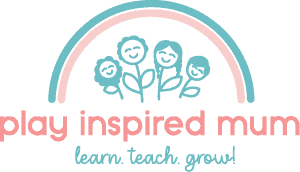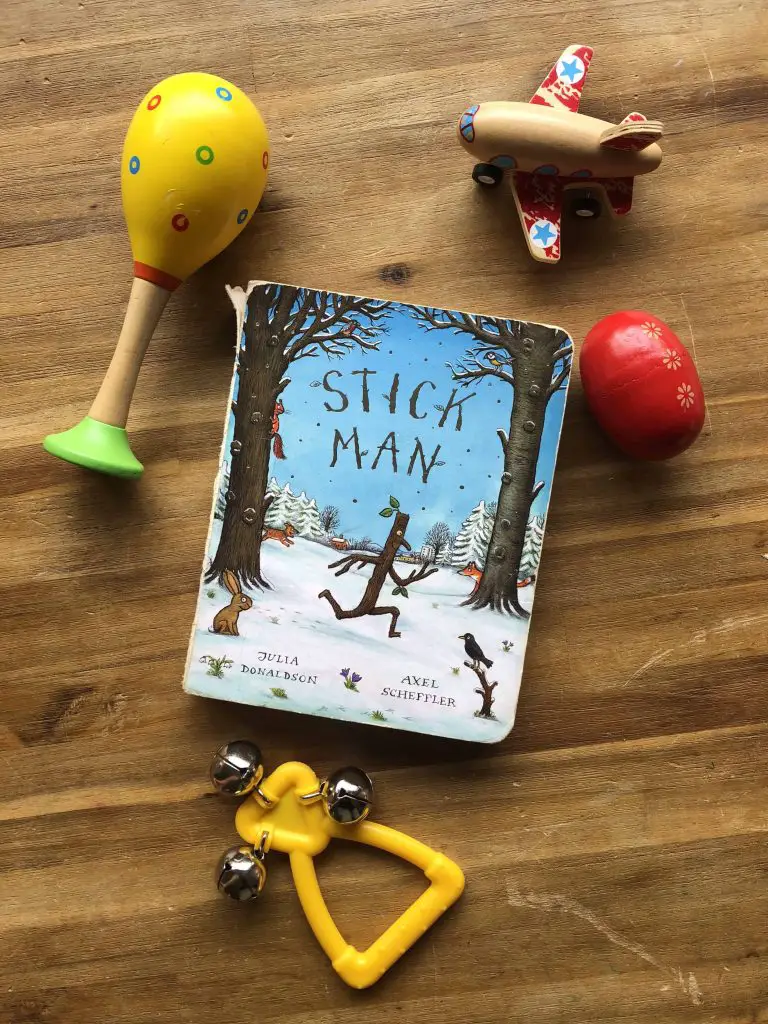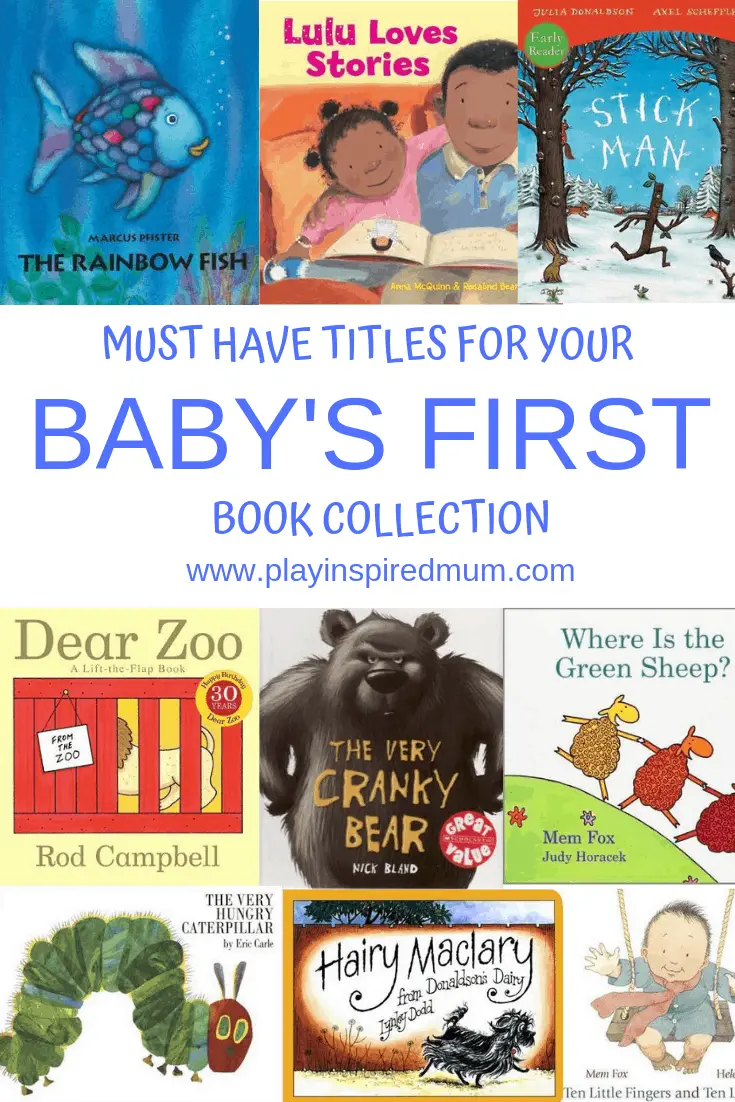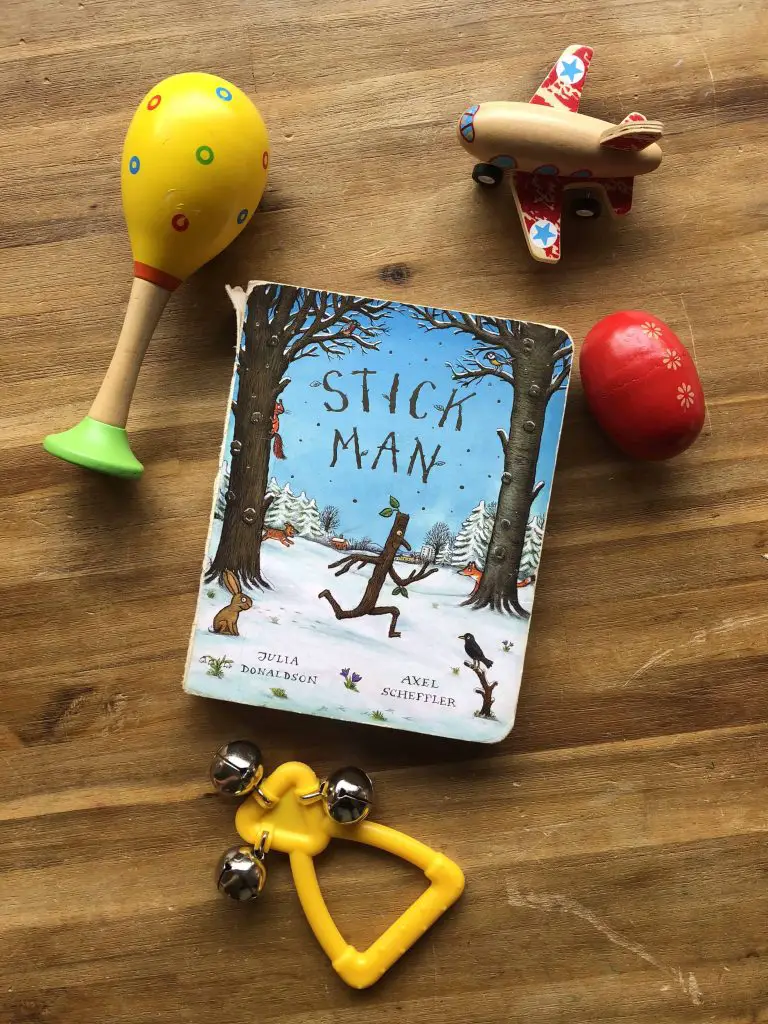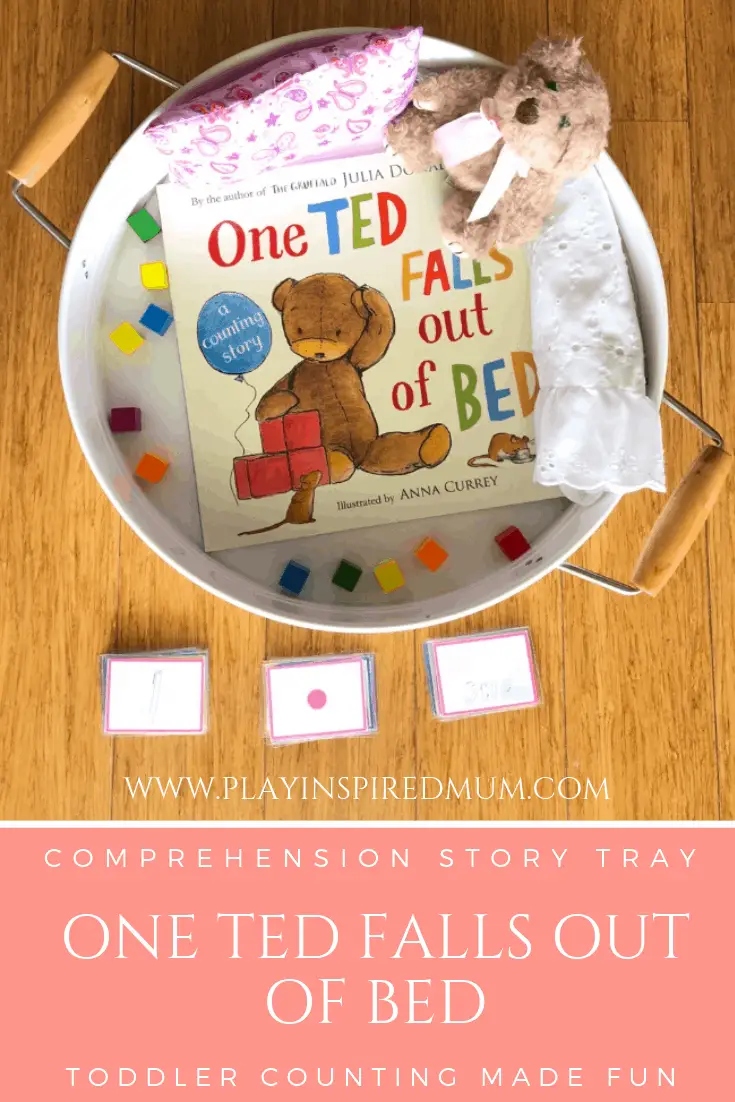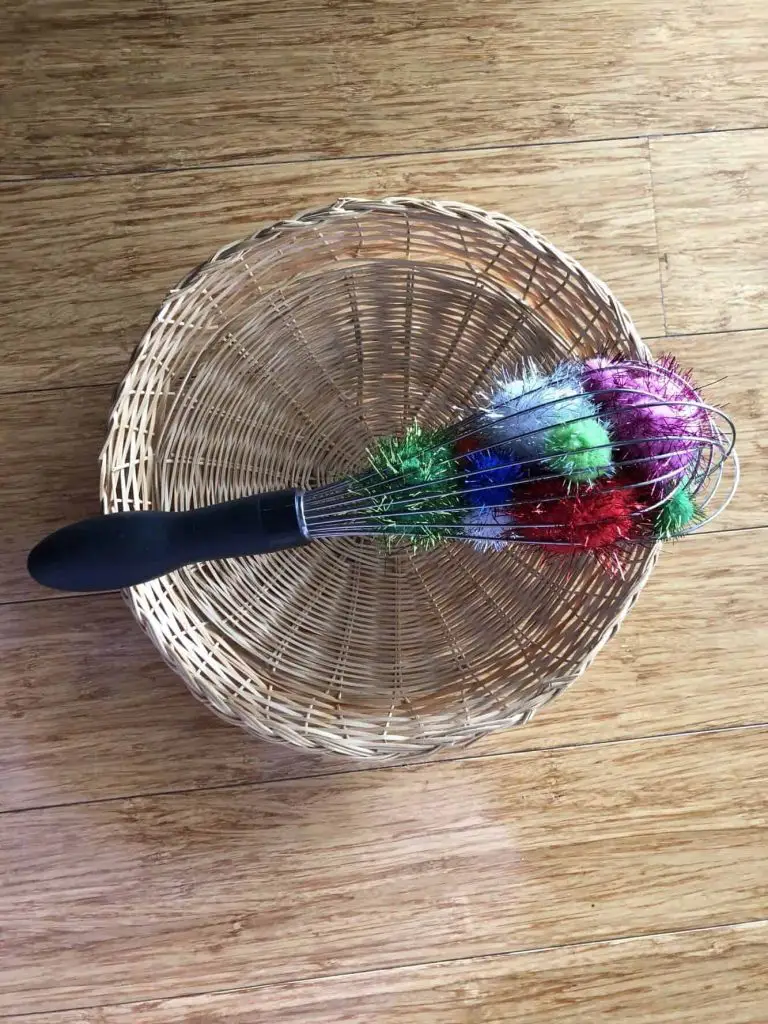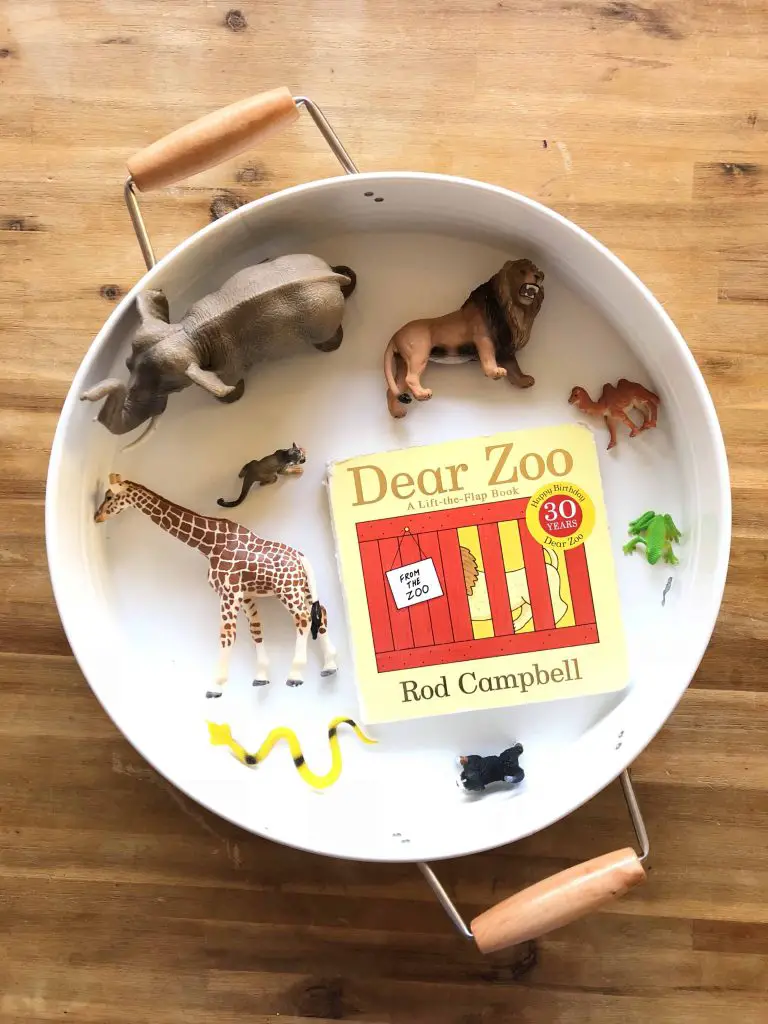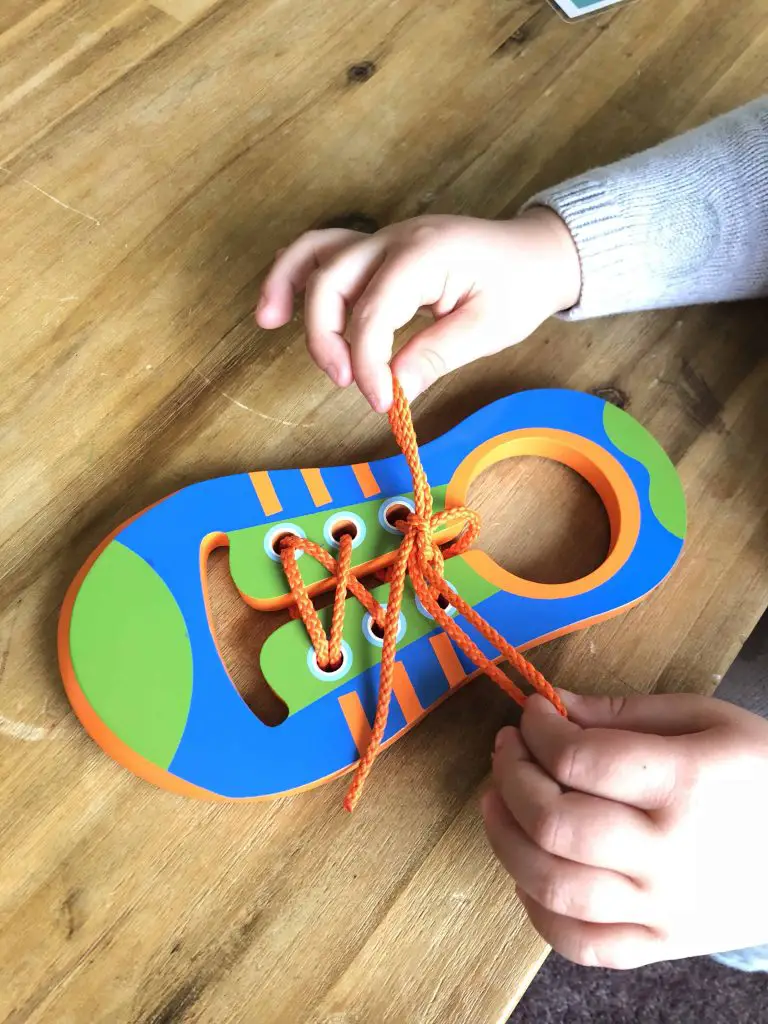Best Books for Baby’s First Book Collection
Disclosure: This blog contains affiliate links which I may earn a small commission from if you purchase through them, at no extra cost to you.
It has long been known that reading to our children offers so much more than just entertainment.
Laying back with your child has been proven to improve their cognitive development, speech and language skills, and creativity.
Furthermore, reading to your child not only opens up their world and awareness of endless possibilities but allows powerful bonds to form and strengthen between a child and their caregiver.
It is never too early to begin to read to your child.
Even in utero, infants have been known to respond to their parent’s voices. It’s beautiful, isn’t it?
Best Books for Baby’s First Book Collection
- Dear Zoo, Rod Campbell
- Very Hungry Caterpillar, Eric Carle
- Where is the Green Sheep?, Mem Fox
- Ten Little Fingers and Ten Little Toes, Mem Fox
- Time for Bed, Mem Fox
- Hairy Maclary from Donaldson’s Dairy, Lynley Dodd
- The Rainbow Fish, Marcus Pfister
- Stick Man, Julia Donaldson
- The Very Cranky Bear, Nick Bland
- Lulu Loves Stories, Anna McQuinn
Why read to your baby?
Reading to your newborn is one of the most precious activities you can enjoy with your child while also getting them started on their learning journey. By their first birthday, your child would have learned all the sounds required to speak their home language. Amazing little creatures aren’t they?
Another huge attribute to this is keeping the experience interpersonal. Reading directly to your child, in person will stimulate
- brain connections
- create a foundation for listening
- memory skills
- vocabulary skills
- build empathy
- supports social skills development
- encourages emotional development
No screen, audiobook, or recording can offer the same experience as a parent or caregiver reading aloud to their child directly.
How to read to your baby
Babies learn by mimicking. They mimic expressions, sounds, and tones. When reading to your baby, take the time to create an emphasis on elaborating emotions, adding a moo to the dialect when referencing a cow, and highlighting keywords.
Use the illustrations to further deepen your child’s comprehension. Yes, to start with the content is not as important as simply listening to the sounds of their caregiver’s voice however over time (most likely before their parent is able to recognise it) a baby is able to piece together the meaning of the words.
Pointing out the characters, interpreting their faces, recognising shapes and colours, counting additional characters in the background and discussing the setting will all increase the number of words your baby hears and will feed their need for information.
Enjoy these precious moments and feel proud to know that you are empowering your child with so much more than just entertainment when reciting the words on the pages over and over again.
I hope that your family enjoys these titles as much as my children have over the years!=
